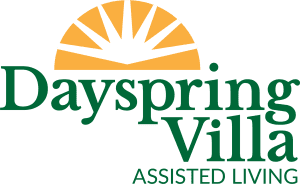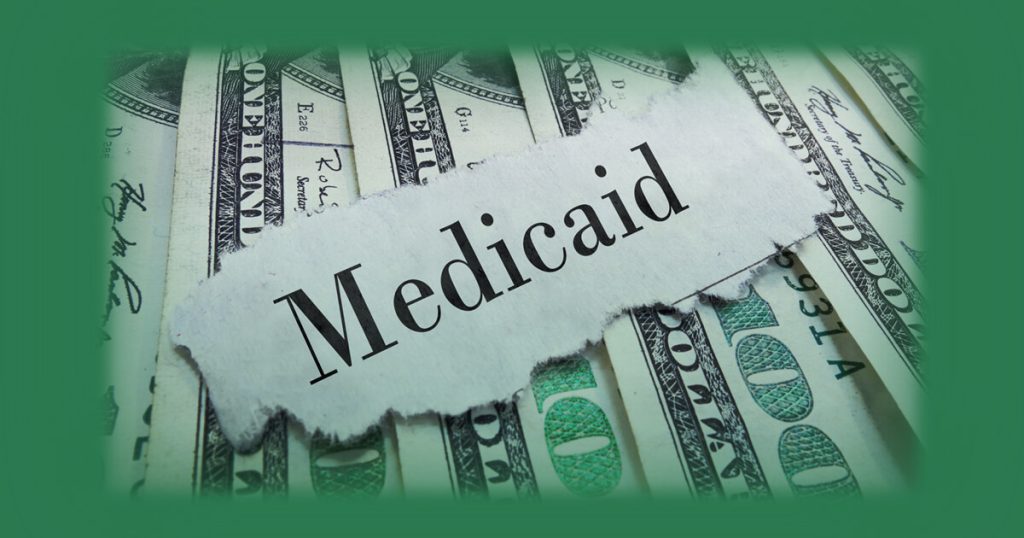Our 3-part series, Senior Medication Management, finishes with an in depth understanding about core mediation management concepts, medication abbreviations, and prescriptions and documentation.
Understanding Core Medication Management Concepts
Whether you’re a healthcare professional, patient, or caregiver, understanding the terminology surrounding medication management is essential for safe and effective treatment. This medication management glossary provides clear definitions of key terms, concepts, and abbreviations used in pharmacology and healthcare settings. By familiarizing yourself with this medication management glossary, you’ll be better equipped to communicate with healthcare providers, understand prescriptions, and participate actively in your own care or the care of others.
 Medication Administration refers to the process of giving medication to a patient. This seemingly simple act requires careful attention to detail and adherence to established protocols to ensure patient safety. Healthcare providers must verify multiple factors before administering any medication, following what are known as the “rights” of medication administration.
Medication Administration refers to the process of giving medication to a patient. This seemingly simple act requires careful attention to detail and adherence to established protocols to ensure patient safety. Healthcare providers must verify multiple factors before administering any medication, following what are known as the “rights” of medication administration.
Dosage is the specific amount of medication prescribed to achieve the desired therapeutic effect. Dosages are carefully calculated based on factors including the patient’s age, weight, medical condition, and other medications they may be taking. The concept of dosage is closely related to the Right Dose, which means giving the patient the correct amount of the drug as prescribed.
Medication Reconciliation is a critical safety process that involves comparing a patient’s medication orders to all of the medications that the patient has been taking. This process typically occurs during transitions of care, such as hospital admission, transfer, or discharge, and helps prevent medication errors, duplications, or dangerous drug interactions.
The Five Rights of Medication Management
Healthcare providers follow essential principles known as the “rights” of medication administration to ensure patient safety:
- Right Patient: Administering the medication to the intended individual, typically verified through two patient identifiers
- Right Drug: Giving the correct medication to the patient by carefully checking the medication label against the order
- Right Dose: Ensuring the patient receives the correct amount of the drug
- Right Route: Ensuring the medication is given via the proper method of delivery, such as oral, topical, or injection
- Right Time: Administering the medication at the scheduled time to maintain therapeutic levels
Medication Therapy Management (MTM)
Medication Therapy Management (MTM) represents a comprehensive approach to optimizing medication use. These services are provided by pharmacists and other healthcare providers to optimize therapeutic outcomes for patients. MTM involves reviewing medications, identifying and addressing problems, and educating patients about their treatment regimens.
The five core components of an MTM service model include:
Medication Therapy Review (MTR): A systematic evaluation of all medications a patient is taking
Personal Medication Record (PMR): A comprehensive list of the patient’s medications
Medication-Related Action Plan (MAP): A patient-centered document that lists specific actions for the patient to take
Intervention and/or Referral: Actions taken to resolve medication-related problems or referrals to other healthcare providers
Documentation and Follow-up: Recording all MTM activities and scheduling appropriate follow-up care
Medication Forms and Delivery Methods
Dosage Forms refer to the different ways medications are manufactured for administration. Common forms include tablets, capsules, liquids, creams, ointments, patches, and injections. The dosage form affects how quickly the medication works and how long it remains effective in the body.
Routes of Administration are the pathways by which medications enter the body. Common routes include oral (by mouth), sublingual (under the tongue), nasal (through the nose), topical (applied to the skin), and various injection routes such as subcutaneous (under the skin), intramuscular (into muscle tissue), and intravenous (directly into a vein).
Understanding Drug Effects and Safety
 Pharmacology is the comprehensive study of drugs and their effects on the body. This field encompasses two important subdisciplines:
Pharmacology is the comprehensive study of drugs and their effects on the body. This field encompasses two important subdisciplines:
Pharmacokinetics: Describes how the body handles a drug through absorption, distribution, metabolism, and excretion
Pharmacodynamics: Focuses on what a drug does to the body and its mechanisms of action
Side Effects are unintended or undesired reactions to a medication, which may be mild or severe. An Adverse Drug Reaction (ADR) specifically refers to harm resulting from a medication, whether preventable or not. Understanding the difference between expected side effects and serious adverse reactions is crucial for patient safety.
Medication Safety encompasses all practices and precautions taken to minimize the risks associated with medication use. Medication Errors are any preventable events that may cause or lead to inappropriate medication use or patient harm. A Contraindication is a reason why a particular treatment should not be used, such as a patient allergy or a dangerous drug interaction.
Common Medication Abbreviations
Healthcare professionals use standardized abbreviations to communicate efficiently about medication orders. Understanding these abbreviations is part of effective medication management:
Frequency Abbreviations:
OD: Once daily
BID: Twice daily
TID: Three times daily
QID: Four times daily
PRN: As needed
Q: Every (followed by a time interval)
HS: At bedtime (hour of sleep)
stat: Immediately
Route Abbreviations:
PO: Orally (by mouth)
SL: Sublingual (under the tongue)
IM: Intramuscular (injected into muscle)
Prescriptions and Documentation
 A Prescription (Rx) is a doctor’s order for medication, which includes essential information such as the patient’s name, the medication name and strength, dosage instructions, quantity to be dispensed, and the number of refills allowed. Prescriptions serve as legal documents and must be written clearly to prevent errors.
A Prescription (Rx) is a doctor’s order for medication, which includes essential information such as the patient’s name, the medication name and strength, dosage instructions, quantity to be dispensed, and the number of refills allowed. Prescriptions serve as legal documents and must be written clearly to prevent errors.
Proper documentation is a fundamental aspect of medication management, ensuring continuity of care, legal compliance, and patient safety. Every medication administration must be recorded with details including the date, time, medication name, dose, route, and the signature of the person who administered it.
By understanding these key terms and concepts in this medication management glossary, patients and healthcare providers can work together more effectively to ensure safe, appropriate, and optimal medication use.
Senior Medication Management: 3-Part Series
Part 1: What are the Five R’s of Medication Management – Discover about the Five R’s of medication management and how Dayspring Villa helps your loved one get their medication the right way at the right time so they can thrive.
Part 2: Medicaid Coverage for Senior Medication Management– Explore how Medicaid coverage for senior medication management can provide the support you need.
Part 3: Medication Management Glossary – Understanding the terminology surrounding medication management is essential for safe and effective treatment.




